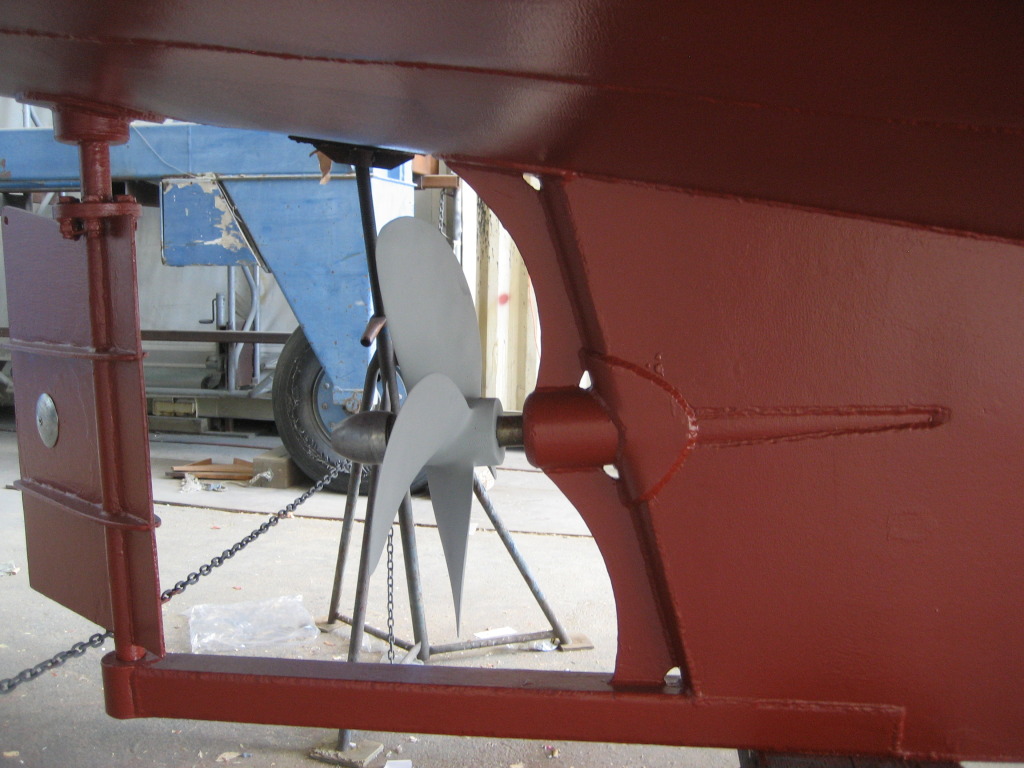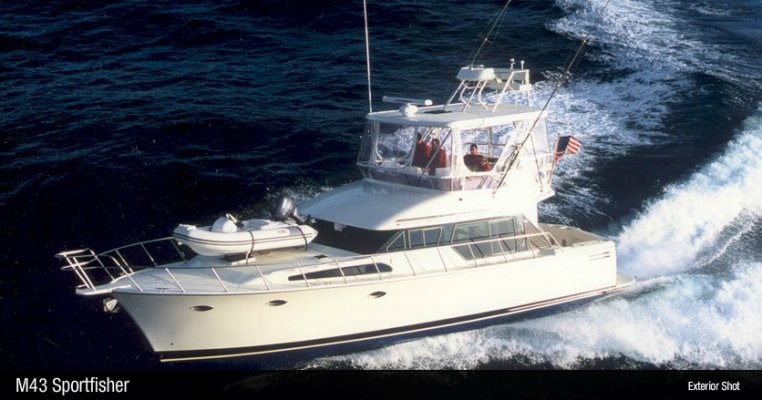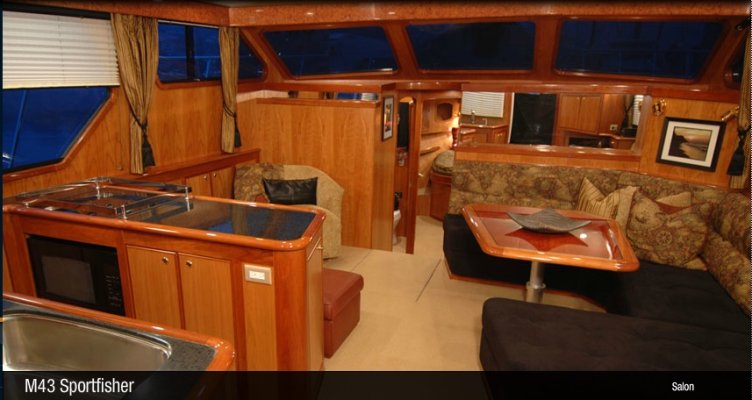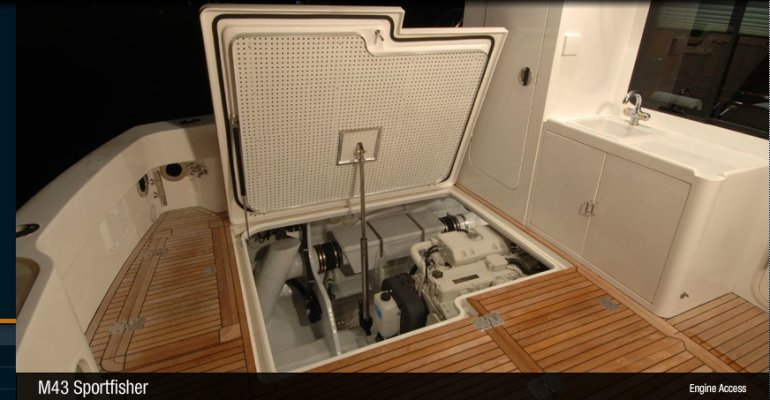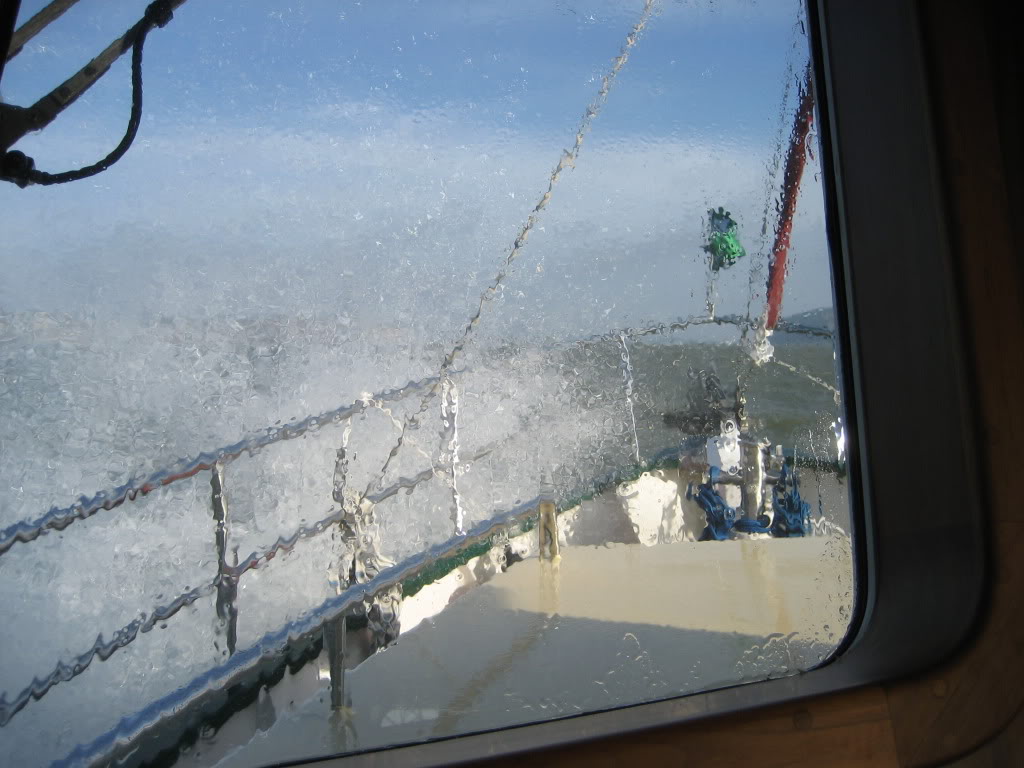Nomad Willy
Guru
Bob I don't think Ferrari built a rear engined car. But they did build mid engined cars that were very well balanced. The engine was ahead of the rear axle.
Still I don't think any car maker made a success of a rear engine car except VW and they saw the light eventually.
As to boats w IO drives in the stern one could attempt to balance the boat by putting things far fwd. Not much else heavy except people and if you put them far fwd the'll have a very rough ride and the waves will be pounding on the bottom of the center of the boat where nothing is and the weight at either end will be constantly trying to break the boat in half so it will need to be strong. Just more unnecessary weight.
Still I don't think any car maker made a success of a rear engine car except VW and they saw the light eventually.
As to boats w IO drives in the stern one could attempt to balance the boat by putting things far fwd. Not much else heavy except people and if you put them far fwd the'll have a very rough ride and the waves will be pounding on the bottom of the center of the boat where nothing is and the weight at either end will be constantly trying to break the boat in half so it will need to be strong. Just more unnecessary weight.
Last edited:



